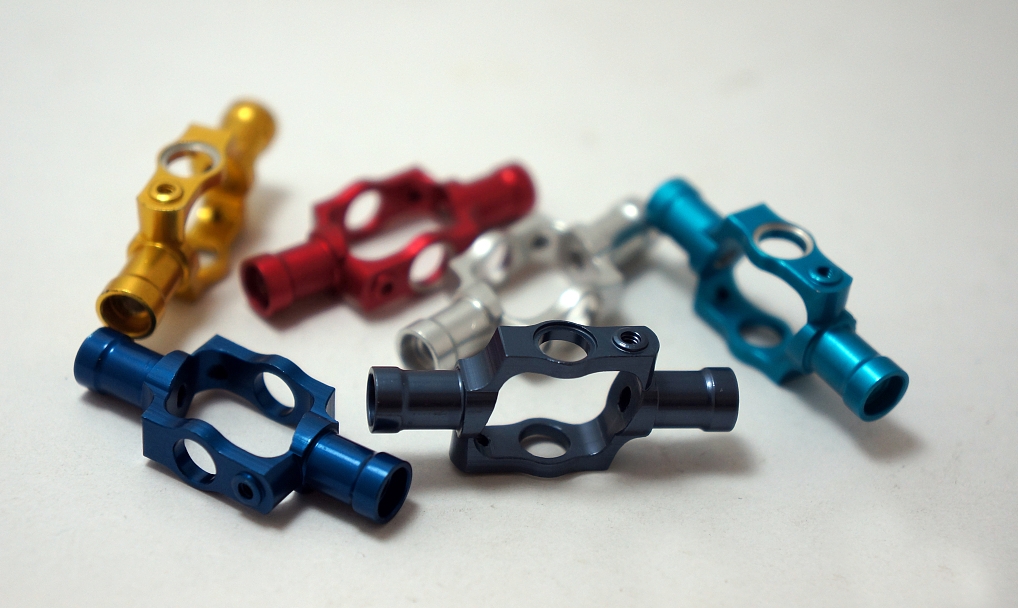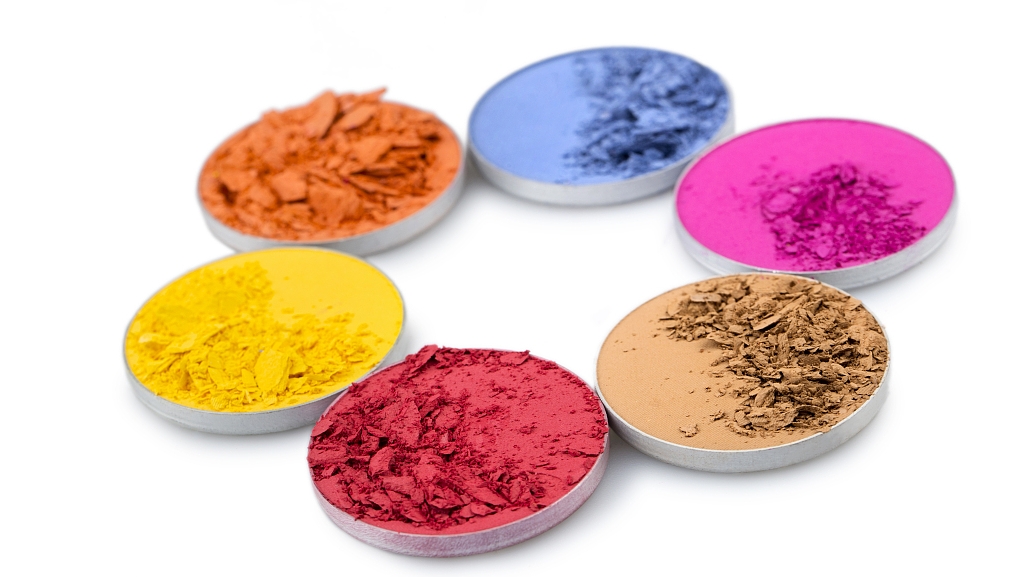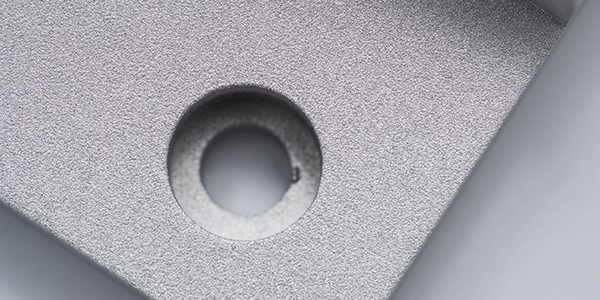Finishing is the final step in CNC machining and can be used to improve product quality. Finishing can eliminate appearance defects, improve product visual effects, and enhance mechanical strength or electrical performance.
Faced with various surface treatment methods, how do product managers and designers choose the optimal solution? Don’t worry, the following common treatments have their own advantages. As long as you understand the characteristics of each method, you can add points to the product.
Common surface treatments for CNC machined parts
Processing status
The surface of parts produced by CNC machining is called “machined surface”. The surface is rough but has tight dimensional tolerances, which is sufficient for some engineering applications. The average roughness is about 3.2μm, and no subsequent processing is required, so the production efficiency is high.
For applications where dimensional accuracy is more important than appearance, this machining surface is sufficient. However, due to its roughness and lack of protective coating, the surface has poor protective capabilities and is prone to scratches and wear. Overall, the price/performance ratio is sufficient in some cases, while additional surface treatments may be required where protection is high.
Anodizing is an electrochemical process that can generate a thicker and denser oxide film on the surface of CNC machined parts, thereby improving protective performance.
This process can only be used on aluminum or titanium alloys because they are highly conductive. During the process, the alloy is placed in an acid-containing electrolyte tank to serve as an anode, and current is used to combine the oxygen ions in the acid with the alloy atoms on the surface to form an oxide film.
There are two main types of anodization. They are the same overall process, but require the parts to be immersed in sulfuric acid solutions of different concentrations. Type II is called “decorative anodization”, which produces a transparent or colored coating with a thickness of 4-25 μm; type III is called “hard coat anodization”, which has a coating thickness of 125 μm and is more wear-resistant.
Overall, anodized finishes are durable and dimensionally stable, making them ideal for interior cavities and small parts that require high performance. It is one of the best-looking options among CNC machined finishes, but the cost is relatively high.
Powder coating
Powder coating is similar to spray paint. First, phosphating or chromate anti-corrosion treatment is applied to the surface of the part, and then the parts are dry powder sprayed with an electrostatic gun and cured in an oven above 200°C. Multi-layer stacking can reach a thickness of 72μm.
This treatment itself can form a protective film for CNC parts, which is hard, wear-resistant and beautiful. It can be combined with sandblasting to improve the anti-corrosion performance and surface uniformity of parts.
Unlike anodizing, powder coating is compatible with all metals, has strong toughness, and high impact resistance, making it suitable for a variety of functional applications, especially military uses.
But powder coating has poor dimensional control and is not suitable for small parts or interior surfaces. Furthermore, the higher cost may limit its application in large-scale production.
Bead blasting is used to add a matte or satin surface finish to a CNC machined part. During this process, pressurized air propels millions of glass beads against the part, effectively removing tool marks and imperfections to create a consistent grainy texture. In contrast to other finishes like anodizing and powder coating, bead blasting does not chemically or mechanically alter the part — it changes the appearance visually. Unlike powder coating which adds material, bead blasting is reductive as it removes a small amount of material. This is an important consideration if your part has tight tolerances.
Bead blasting is one of the more affordable surface finishes, but requires manual operation. Those considering it should budget for a formally trained operator since finish quality relies heavily on skill. The bead type and size used also impact results. While a hand process, bead blasting remains a versatile and cost-effective option for matte finishing CNC parts within tolerance.
Advice on finishing CNC machined parts
In short, for parts that don‘t require a perfect image but must maintain their original dimensions, post-process surface treatments like anodizing or powder coating can be an effective option. Anodizing enhances the protective capabilities of aluminum or titanium parts. When a part cannot be anodized but requires strength and impact resistance, powder coating offers an alternative. In the end, if cost-effectiveness is more important than tolerance—and the part doesn’t require a smooth surface—sandblasting may be the better method.
Engineers, designers, and product managers are best advised to consult with manufacturing experts to ensure they make the right choice for their next project. Kachi’s experts are versed in all aspects of the manufacturing process, from product design and prototyping to mass production. Our team can help you choose the best surface treatment for your CNC machined parts and ensure you go to market with a strong, high-quality finished product. If necessary, please contact us.
Post time: Nov-30-2023









